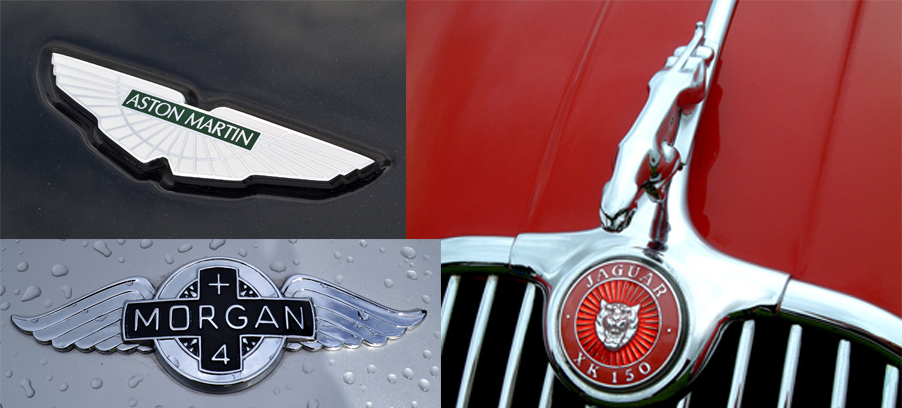
History of British Classic Car Names
We trace the origins of the names of classic British motor manufacturers
The British automotive industry has a rich history. Classic cars such as Aston Martin, Jaguar and Rolls-Royce are desired by car enthusiasts all over the world. However, most had humble beginnings and we look back to the origins of the manufacturers and their company names in our latest automotive history article, focusing on car manufacturers with roots dating back to before the Second World War.
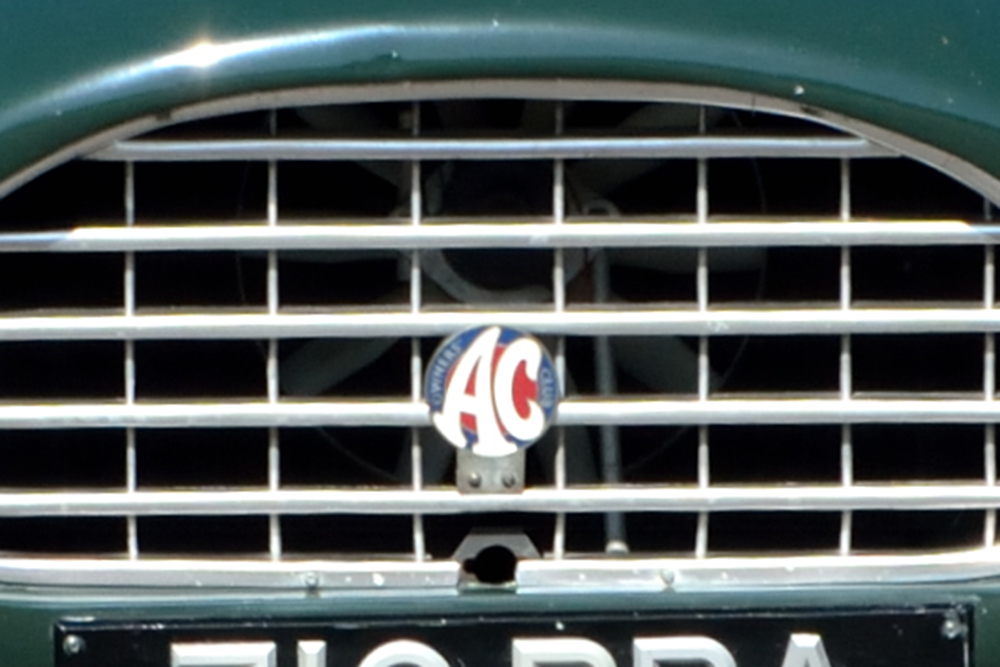
AC Cars is one of the oldest independent car makers founded in the United Kingdom. The car manufacturer was founded by the Weller Brothers in Thames Ditton, Surrey, who exhibited their first car at the 1903 Crystal Palace motor show. In 1904, the brothers founded a new company called Autocars and Accessories and started production on their first vehicle, the Auto-Carrier. The car was a huge financial success and provided the platform for the business to expand with new models. In 1911, the company name was changed to Auto Carriers Ltd and they started to use the ‘AC’ rounded logo. The logo and the subsequent identity associated with ‘AC’ led the brothers to change the name of the car manufacturer to AC Cars Ltd in 1922.
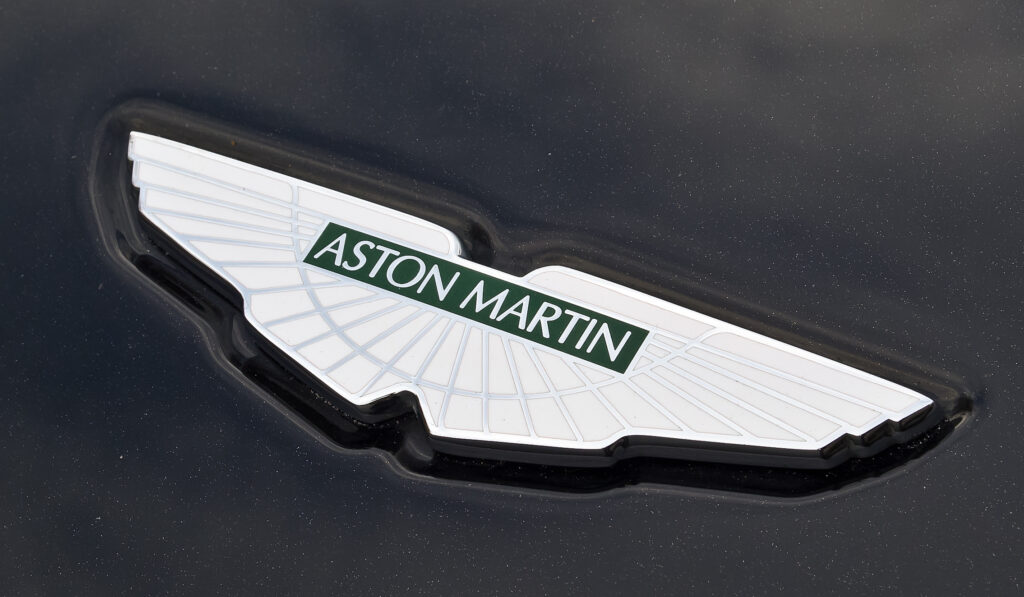
The First World War had just begun in 1914 when Lionel Martin and Robert Bamford founded Aston Martin. It was Lionel whose surname Martin was adopted as the second part of the car’s name. The first name Aston comes from a stretch of road called the Aston Hillclimb in Buckinghamshire, UK. The hill is situated near Aston Clinton and was used for hill racing between 1904 and 1925. It was on the hill that Martin and Bamford successfully raced their own self-built car, sowing the seeds for the globally recognised Aston Martin car manufacturing company.
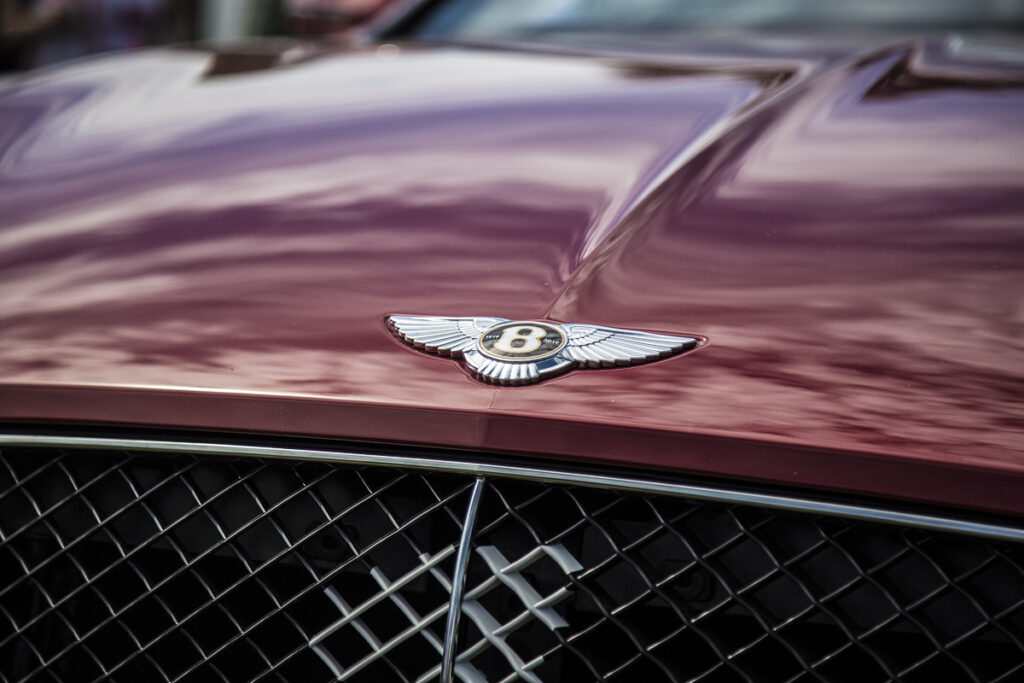
The origin of the Bentley name is relatively straight forward, being named after the car maker’s founder W. O. Bentley in 1919. W. O. Bentley was an English engineer who designed engines for cars and aircraft. He also had a passion for racing cars and motorcycles. He founded Bentley Motors with his brother, H. M. Bentley. Their aim was to turn their aircraft engines into one for car production. They formed an engineering group who set about designing a high quality sporting tourer.
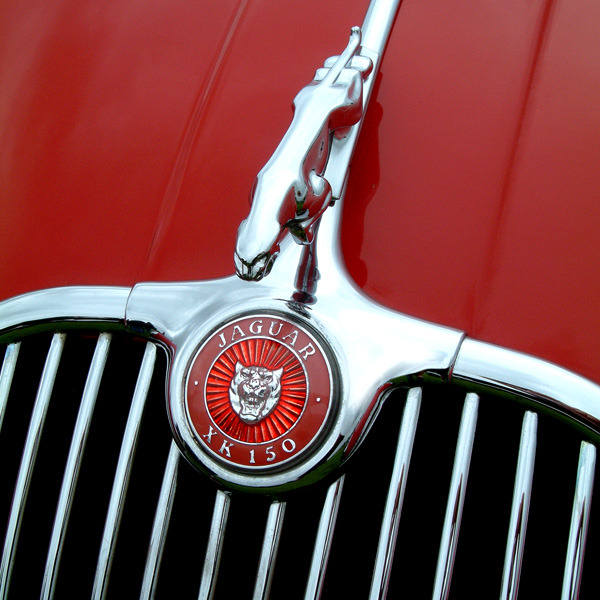
Jaguar was originally called S. S. Cars Limited. S. S. Cars Limited was founded in 1934 by William Lyons. It emerged from the Blackpool-based Swallow Sidecar Company Lyons had run with William Walmsley. The two families had lived in the same street and had established a partnership in 1922. In 1934 Walmsley elected to sell his share in the business and, subsequently, under Lyons, the business became S. S. Cars Limited. However, it was the rise of the fascist party and Adolf Hitler in Germany that drove the company to change it’s name. The name Jaguar had been used as a model name on a SS 2.5 Litre Sports Saloon in 1935. In 1945, with the letters SS now strongly associated with the Schutzstaffel, a paramilitary organisation under Adolf Hilter and the Nazi Party, the shareholders agreed to change the company’s name to Jaguar. Chairman William Lyons is quoted as saying, “Unlike S. S. the name Jaguar is distinctive and cannot be connected or confused with any similar foreign name.”
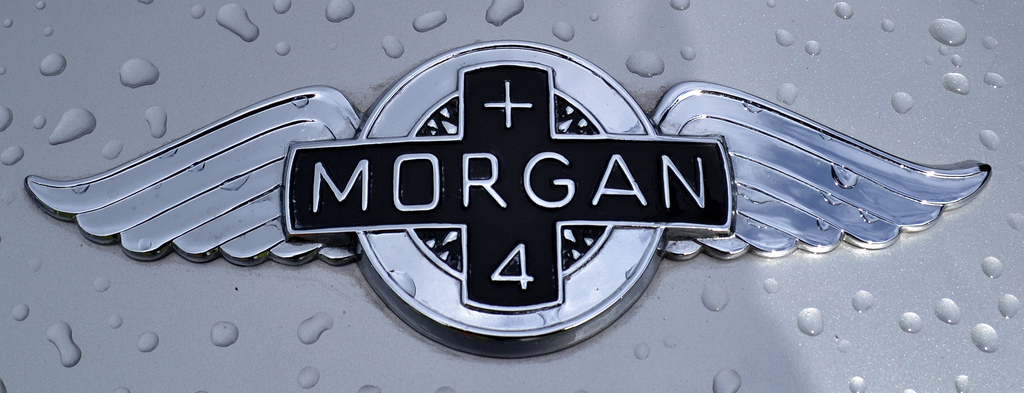
Henry Frederick Stanley Morgan founded the Morgan Motor Company in 1910. In 1909, Morgan and William Stephenson-Peach used a Peugeot twin cylinder engine to build a three-wheeled car. The bulk of the work was undertaken at Malvern College, where Stephenson-Peach was the engineering master. With financial support from his father and his wife, Morgan started production of the car. Three single-seaters were exhibited at the 1910 Motor Show at Olympia in London. However, he concluded that the market demand was for two-seaters, which he launched at the 1911 Motor Cycle Show. With the help of publicity gained from entering motor races, the popularity of the little sports car gradually grew. The origin of the ‘wings’ on the Morgan logo is unclear, although they are believed to be inspired by a flying ace of the First World War who said ‘to drive a Morgan three-wheeler is the nearest thing to flying on the ground’.
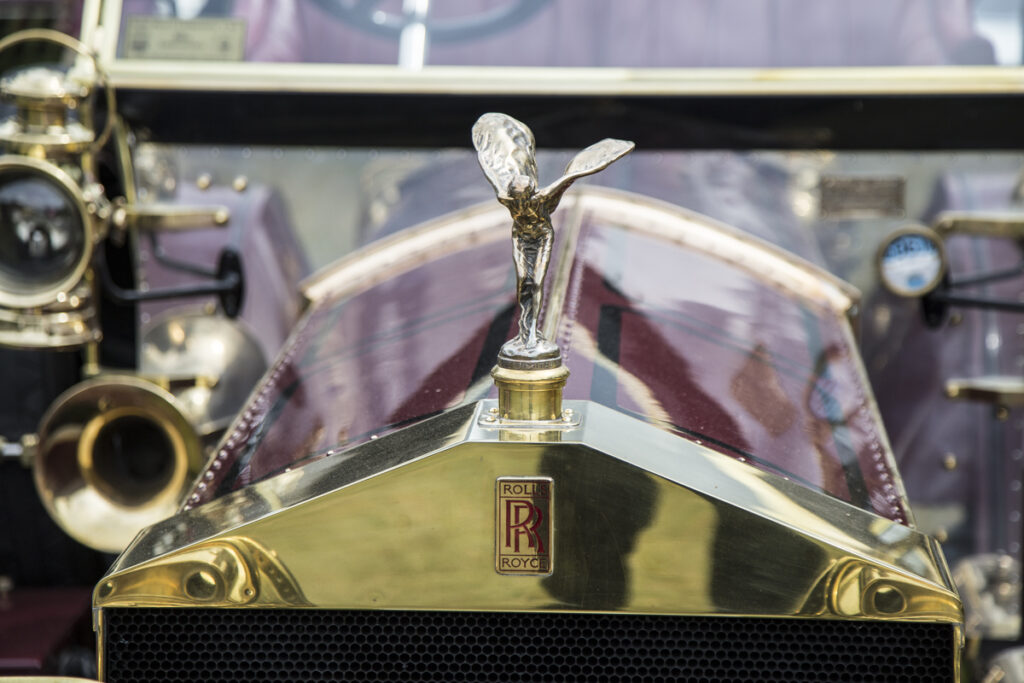
In 1904, Charles Rolls and Henry Royce founded one of the most famous car companies of all, Rolls-Royce. Charles Rolls was a keen motoring and aviation pioneer. He had a car showroom in London selling imported cars. Although born in London, he retained a strong family connection to his ancestral home of The Hendre, near Monmouth in Wales and declared himself Welsh. Sadly, Rolls was also the first Briton to be killed in an aeronautical accident with a powered aircraft. He died in 1910 aged just 32. Henry Royce was much older than Rolls and had a wealth of engineering experience. He started modifying and improving cars in the early 1900s and progressed to manufacture his own. Rolls and Royce were introduced by a friend and arranged to meet at the Midland Hotel in Manchester on 4 May 1904. Rolls agreed to sell Royce’s cars under the name Rolls-Royce. Neither gentleman could have ever have comprehended the global size of Rolls-Royce in over 100 years later.
SMITHS branded instruments are also rich in history and are synonymous with classic cars including Aston Martin, Jaguar and Rolls-Royce. Caerbont Automotive Instruments maintain that legacy, building classic SMITHS gauges using the original drawings and developing new gauges for high-profile cars and motorcycles.
Further information on SMITHS instrumentation for classic cars is available on our website, or to discuss a specific requirement please contact us on:
Via the contact form on our website
Email: [email protected]
Phone: +44 (0) 1639 732200
You can also follow us on social media for regular news updates, photographs and technical information: